Traveling in South America, the last thing I expected to be in my cup each morning was Nescafé instant coffee. With Brazil, Colombia and Peru accounting for almost 70% of the coffee production in the world, it made no sense. With this in mind, when a friend told me his uncle owns a coffee plantation in Bolivia and might be looking for some volunteers, I leapt at the opportunity. The chance to learn about the process involved in raising the beans that millions drink around the world throughout the day was too good to miss. Most of all I was looking forward to some “real” coffee and maybe even solving the Nescafé mystery.
While in a Combi Van swerving down the world’s most dangerous road in opaque fog, destined for Apasionado Coffee’s property in Coroico, I began to question my decision. Was I cut out for the backbreaking labor? I had met the owner of the estate the day prior at Roasters Boutique, a high-end coffee shop in south La Paz. As we sampled freshly roasted Bolivian beans and my hands started shaking from too much caffeine, Yehuda Lilo stressed the hard work, the long hours and seemed to doubt my ability as a manual laborer. After affirming my assent he told me I could back out at any time if the going got too tough.
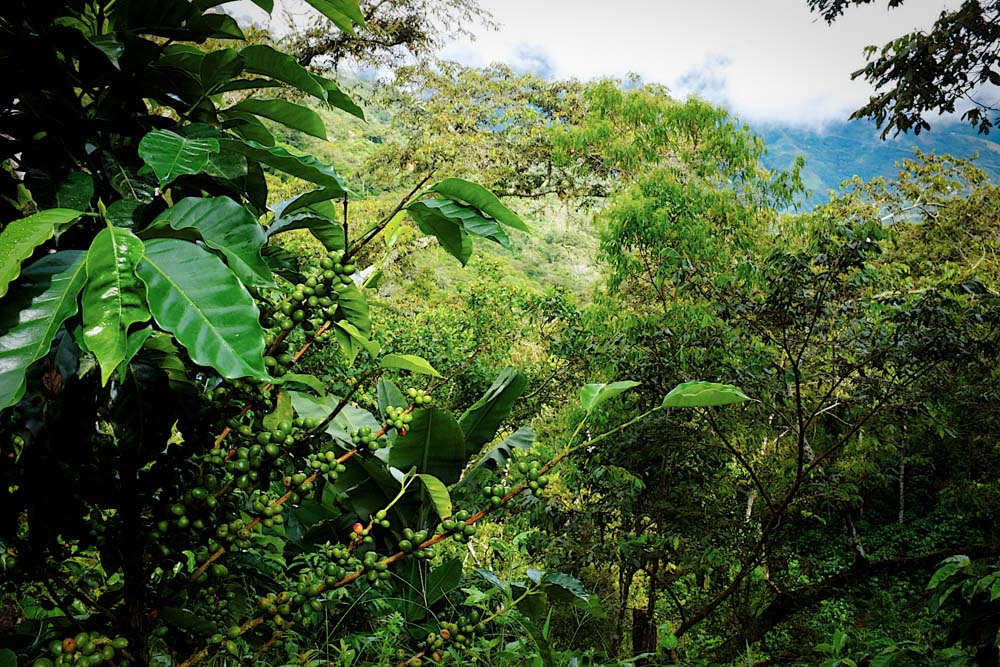

I arrived during the Ch’alla blessing in February. During this week Pachamama, the goddess of the earth is appeased with wine, confetti, firecrackers and streamers. The plants are adorned with multicolored ribbons and wine is spread amongst the rows to entice the earth into blessing the plantation with a good harvest. An ancient practice amongst the indigenous, it’s a week long celebration of life. Cars, shops and even farm animals are adorned with flowers and streamers, and there are parties in the streets that last until the last man is standing. Anything that you might want good luck and fortune with is fair game… and, of course, it’s a great excuse to party.
The job set out for me was to spread fertilizer at the base of each plant and I was confident it would be a breeze. Sprinkling some pellets here and there, I was sure the three days would pass without incident. Arriving on a misty morning, the foreman was waiting with 50lb bags of fertilizer and after sizing me up he divided the bag up into three five gallon buckets and left without a word. Quickly snatching mine up I scurried after him trying to keep up as he nearly ran down the slick and muddy goat path. Winding in and out of the tall coffee plants, I kept an eye on the bag of fertilizer hefted upon his shoulder so as to not lose him in the forest of green.
We reached a small plateau above the steep emerald slopes that stretched towards the bottom of the valley. Standing like Mufasa and Simba over the pride lands, he outlined my territory and I began getting acquainted with my workspace for the next three days. Ancient terracing was still evident on the many of 45 degree slopes and I began to understand the difficulties in store. The rows were narrow, there was barely enough room to skirt the large plants in some areas and with an ever-present mist keeping the leaf covered earth moist, steady footing was hard to find.
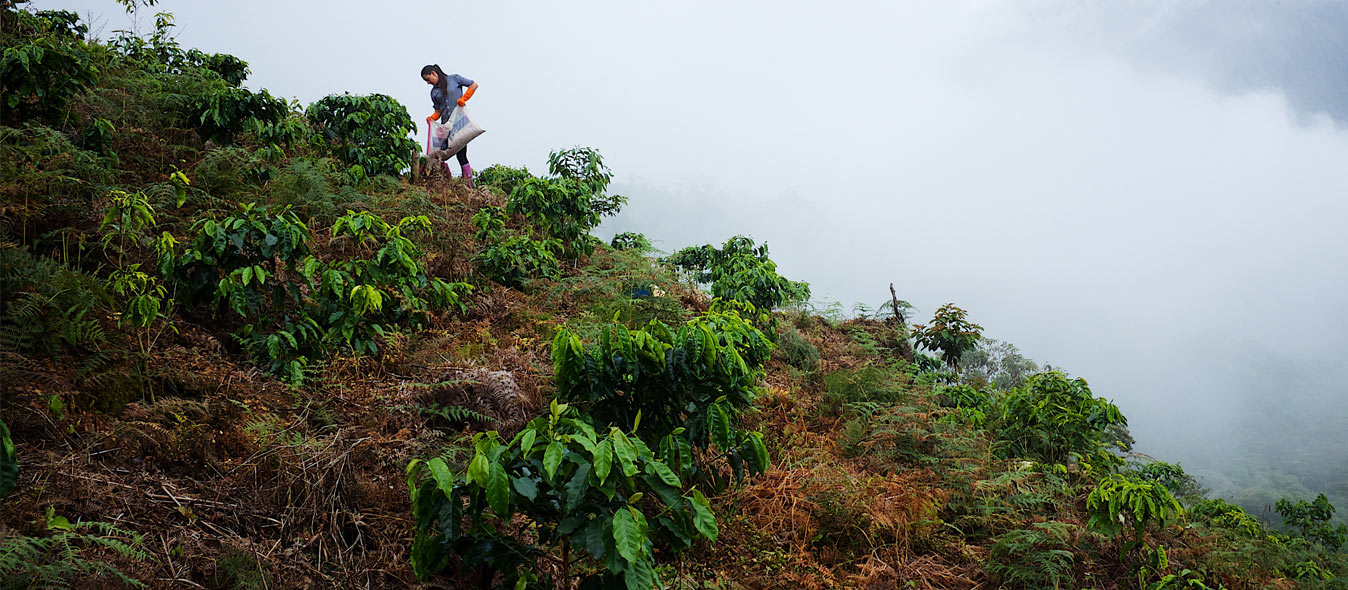
Leaving me to my task with a bucket in one hand and the cap of a Coca Cola bottle as a measurement guide in my other I ventured into the forest. By the end of the first day, one of the other volunteers tried to quit, her face showing welts and bleeding and from the multitudes of Mosquitos hiding at the bases of the plants. After convincing her it wasn’t that bad (yikes), we headed to town at the end of the day to wash away the dirt with an ice cold Cusquena.
Day two passed with all of us lost in separate parts of the valley, and with nothing more than bugs to keep me company I reflected on the process of growing coffee. This plantation was just over three years old but since coffee plants don’t begin to produce berries until after their second year, they had only one harvest so far. Utilizing the best practices possible for their region, the bushes are shade grown. This enables local animals to thrive and provides natural predators to some of the known 900 pests that attacks coffee plants.
Lugging my bucket along, I couldn’t imagine carrying the full sacks of freshly picked coffee up to the processing area. Each berry is picked one by one to ensure maximum ripeness, the now green berries would turn crimson once they reached their peak ripeness and each plant would receive multiple passes over the months-long harvest. Once the berries reached the processing station, the skin is removed in order for fermentation to begin. The berries are run through a hand-wound mill that cracks the skin revealing the sweet white pulp within that has a flavor reminiscent of lychee. This process results in a milder coffee, but it is time consuming to the point where not every grower uses it. Once fermentation is complete, the berries will be dried on raised platforms that are continually shifted by hand to ensure no rot occurs, by keeping airflow constant on all sides of the seed. My spreading of the fertilizer was just one small step in what ends up being a year-round, human-intensive, process.

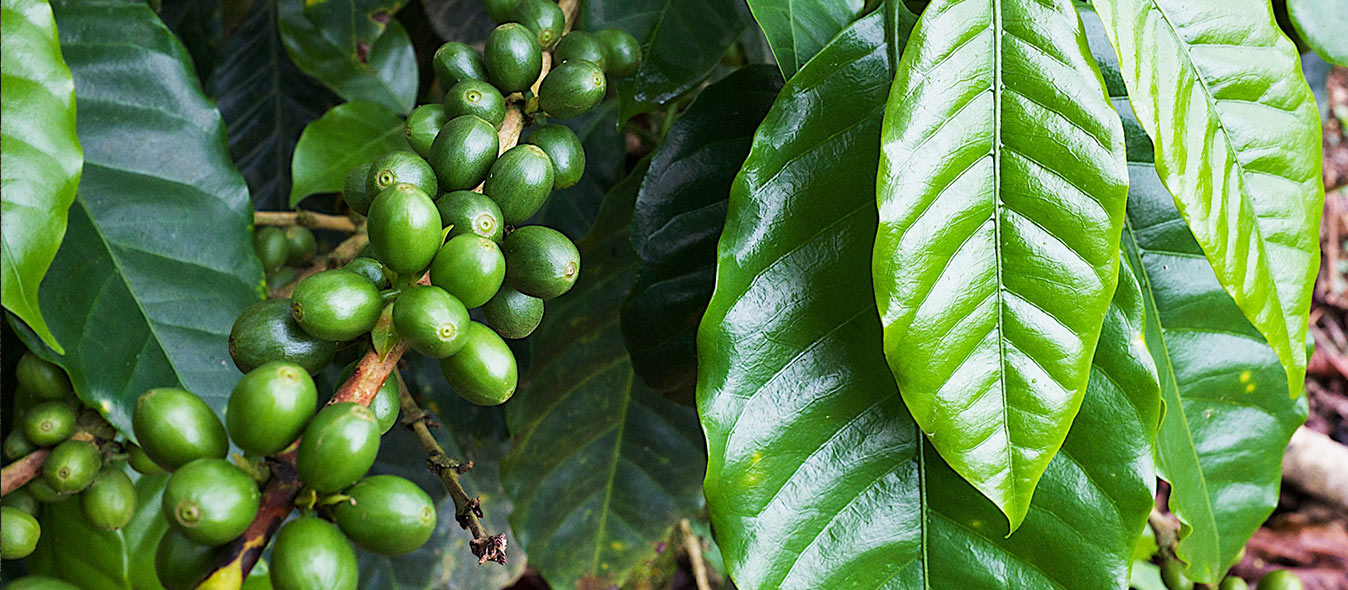
On the third day, I reached my limit. It was especially wet and muddy, drizzle kept pulling us out of the depths to hide under a tarp, protecting the fertilizer so it wouldn’t melt. I fell once, twice, and then a third time—each time spilling the entire contents of my bucket onto the slopes around me. Looking around at the pellets mimicking the confetti we had spread earlier that week, I buried my face in gloved hands and cried. It was in that moment that I realized how difficult it is to make each cup of coffee happen, no matter where in the world it comes from. These fleeting moments of experiencing life as someone else does, so foreign from my own experiences have led me to appreciate where I come from and the daily luxuries afforded to me that are easily overlooked.
As for the South American Nescafé mystery, I figured out a few of the puzzle pieces while in Bolivia. The first part is that Nescafé is quick and requires no additional tools like a grinder or press. The second is that by the time coffee cultivation came to this continent between the 1600s and 1700s, there were already established caffeinated and energizing hot beverages ingrained into the native cultures such as coca, Yerba matte and guarana teas. Lastly, Nescafé has been advertising strongly here since the 1970s, it’s a globally recognized name that seems modern and efficient and to the up and coming countries here that’s a huge draw. Luckily, it seems that the tides are starting to change, and the coffee culture we might recognize is beginning to bloom here as well.
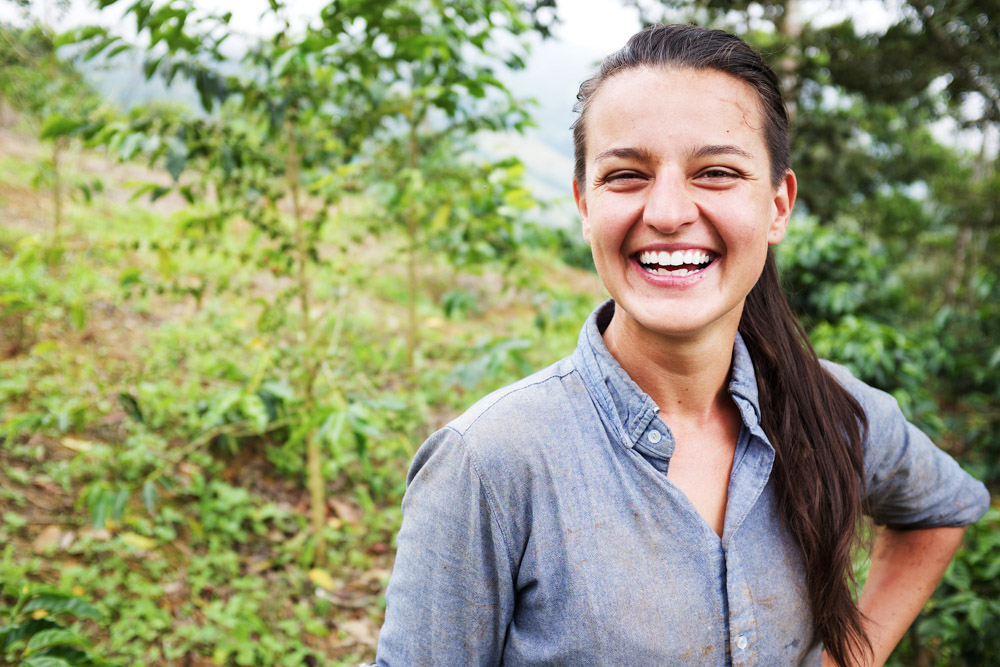
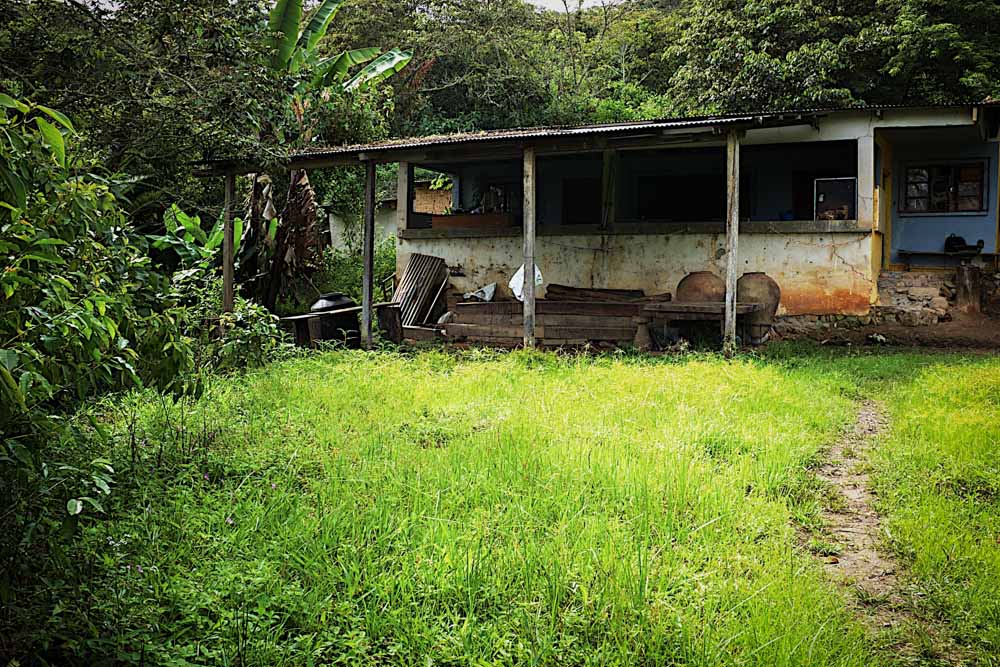
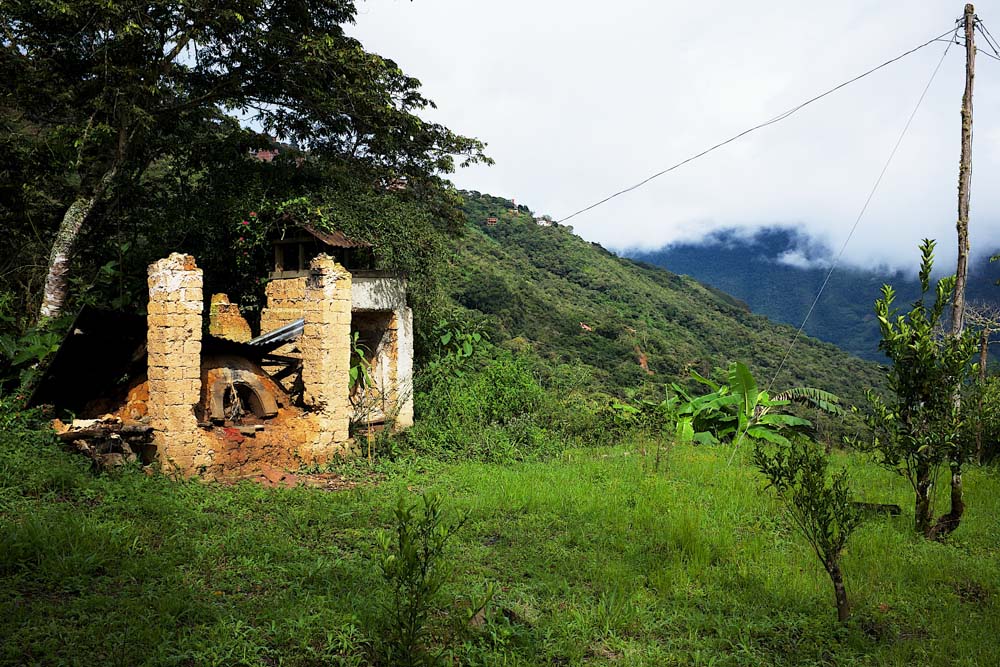
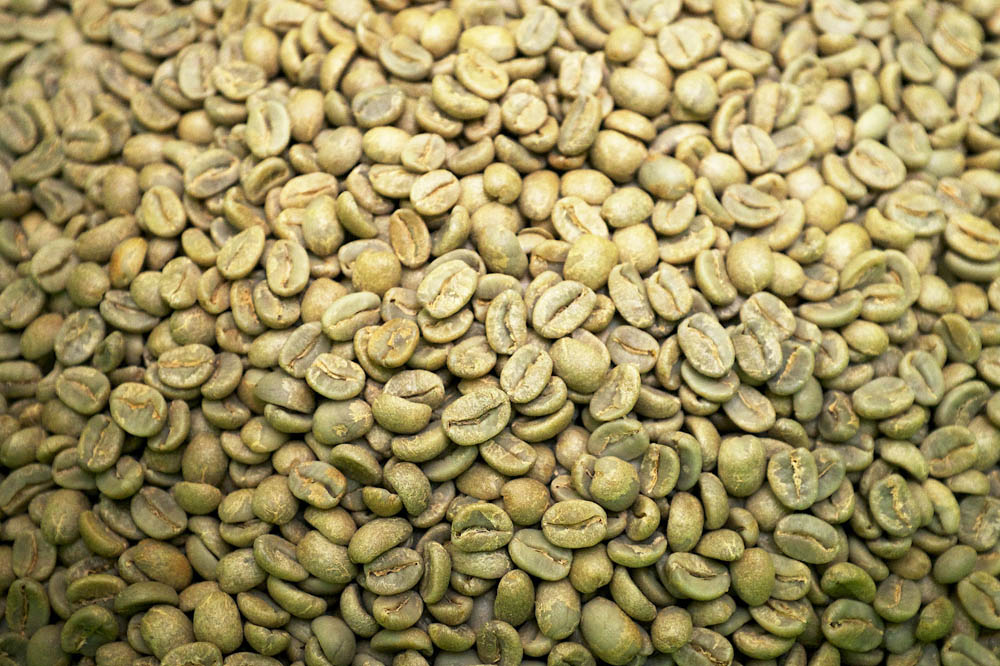
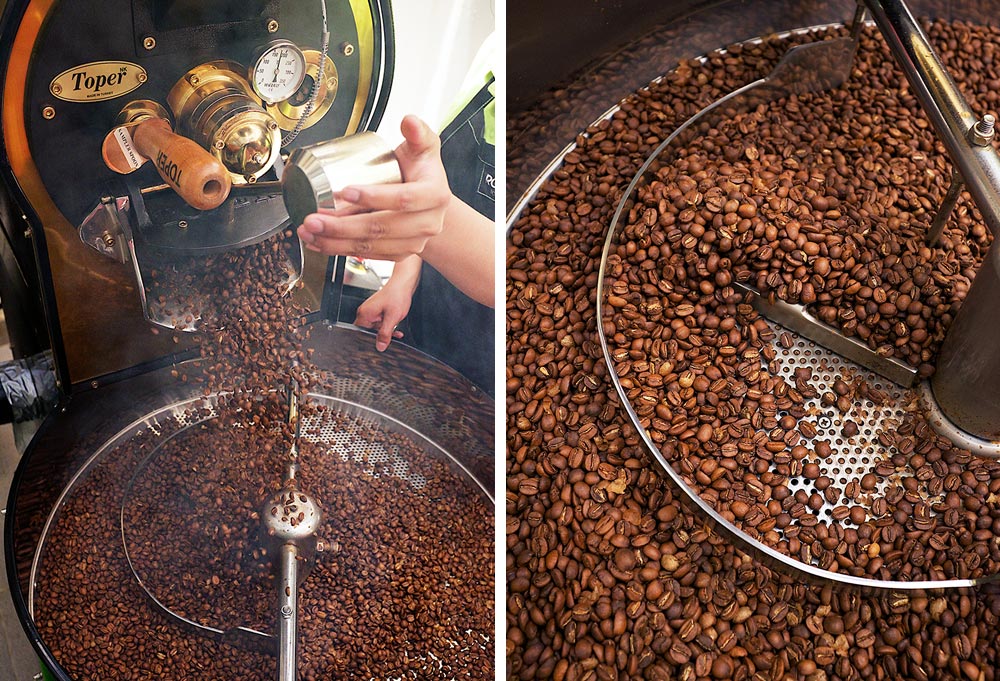





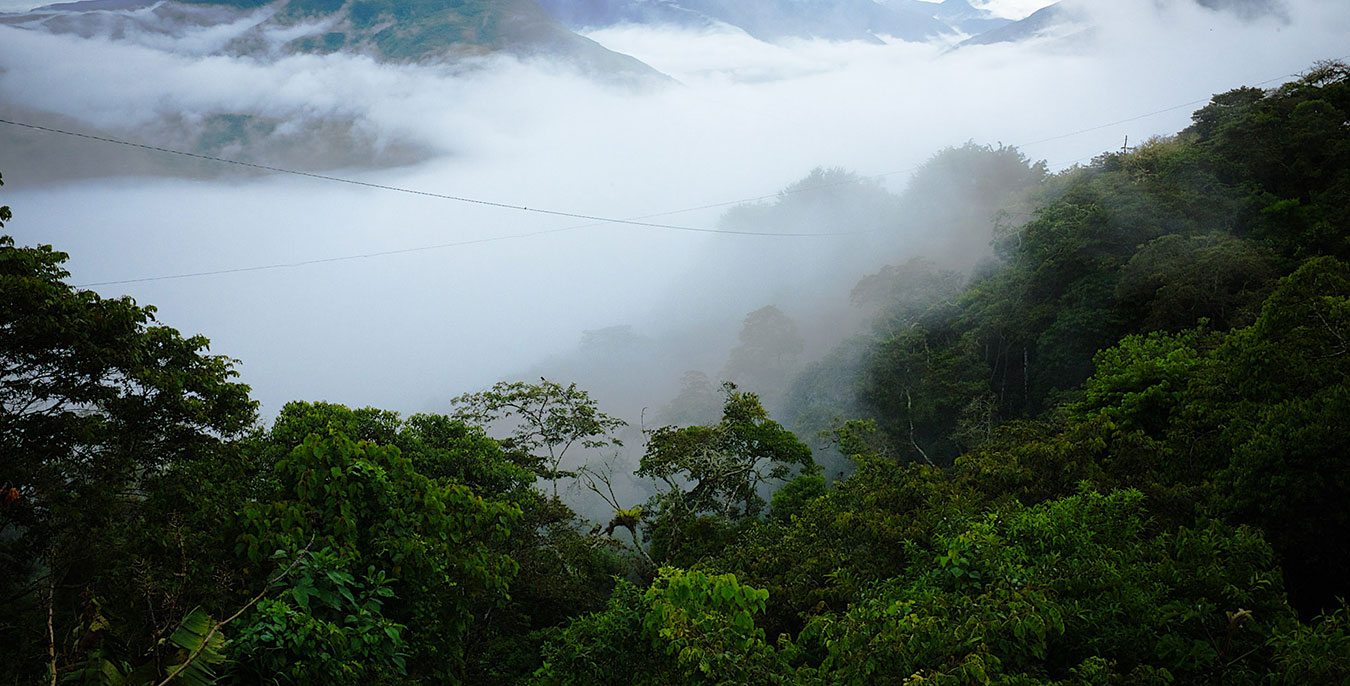

Our comments section is for members only.
Join today to gain exclusive access.